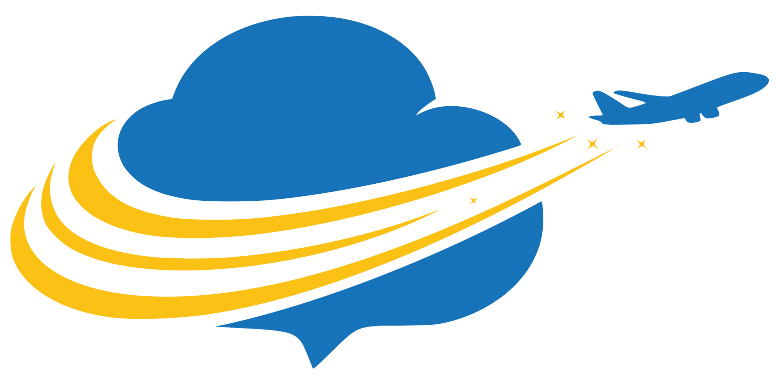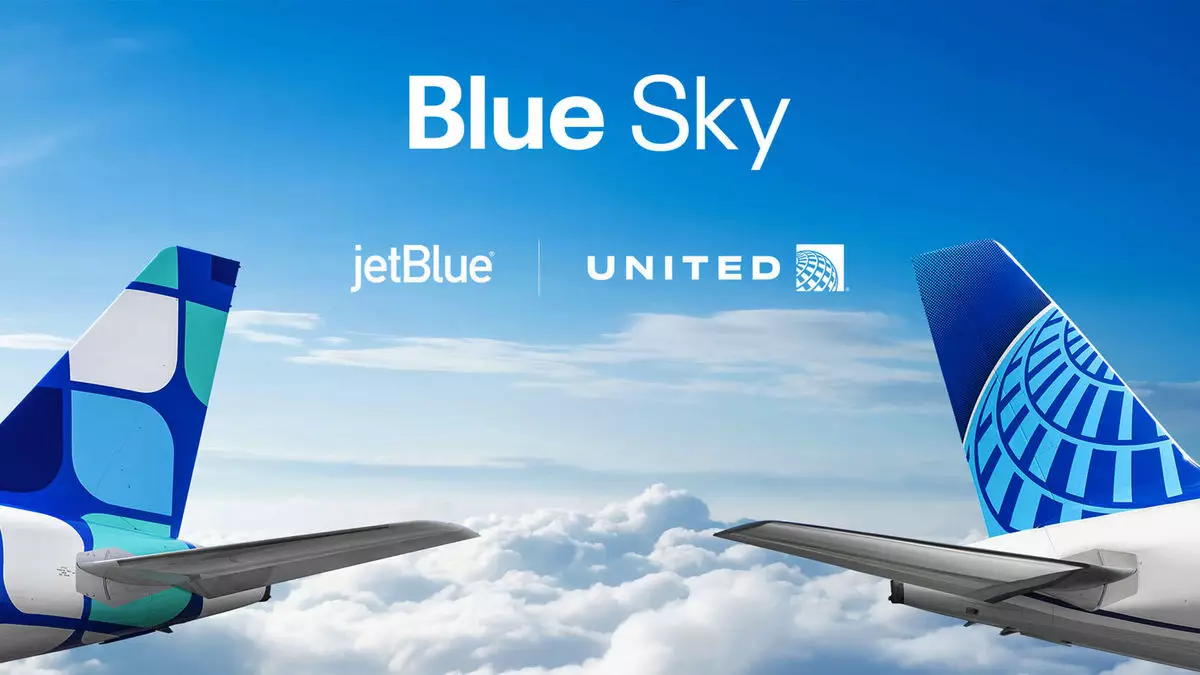In a landscape where traveler loyalty is increasingly pivotal, the new partnership between United Airlines and JetBlue signifies a paradigm shift for both carriers’ loyalty programs. Announced on May 29, this collaboration promises a blend of synergies, allowing members of United’s MileagePlus and JetBlue’s TrueBlue to share reciprocal benefits. Though the initial excitement around increased loyalty point accruals and the allure of mutual upgrades and free baggage for travelers is valid, a closer examination reveals a more complex narrative regarding competition and consumer choices within the bustling Northeast corridor.
Strategic Positioning in the Competitive Arena
A key feature of the partnership is JetBlue’s concession to provide limited slot availability at the crowded JFK airport in exchange for expanded operations at Newark. This move is critical for United, heralding its anticipated return to JFK by 2027 and thereby enhancing its competitive position in a market where it once had a significant presence. Airline industry experts like Gary Leff have characterized this arrangement as a ‘win’ for United, signaling a consolidating power that could stifle competition. This situation raises a red flag for consumers, suggesting that rather than cultivating a more competitive environment, the partnership may inadvertently consolidate market power in favor of United, potentially leading to higher fares and fewer choices for travelers.
Impacts on JetBlue: The New Third Wheel?
While JetBlue stands to gain access to United’s extensive network, there are apprehensions about whether these benefits will genuinely translate into an empowered position within the marketplace. Leff argues that the previous Northeast Alliance with American Airlines offered a more formidable competitor to United and Delta, creating a robust third option for consumers. The current partnership, on the other hand, risks relegating JetBlue to a position of subservience rather than empowerment. Should JetBlue forfeit strategic partnerships with other airlines, it may lose ground as a competitive force, particularly in lucrative markets.
In this light, the airline’s decision to forgo a more integrative approach—like codesharing and revenue sharing—may further limit its potential. Instead of establishing a powerful alliance capable of contesting industry giants, the focus on interline agreements appears timid and, some might argue, short-sighted.
The Nuanced Impact on Market Competition
When evaluating the repercussions of the partnership in the Northeast, industry analyst Brett Snyder maintains a more balanced outlook. He suggests that while United could reap the most rewards, the arrangement offers JetBlue essential access to a wider suite of destinations—an aspect that could enhance the travel experience for its TrueBlue members. By tapping into United’s vast network of over 200 international destinations, JetBlue could make significant strides in appealing to frequent travelers interested in both domestic and exotic locations.
However, Snyder’s perspective still acknowledges the limitations of JetBlue’s competitive edge. He contends that while the partnership will indeed present new tools for JetBlue to challenge American Airlines in markets where it has been lagging, Delta stands out as a dominant player largely unaffected. As Snyder notes, Delta is the “800-pound gorilla” in JFK and LaGuardia, places where United’s strengthened presence will barely make a dent in its monopoly.
Loyalty Programs as Competitive Differentiators
As this partnership unfolds, its implications on loyalty programs must not go unnoticed. For example, members of both unions can look forward to earning and redeeming points across each other’s flights, which could entice a subset of consumers to switch allegiance. Particularly for high-status members of either program, the availability of enhanced services like early boarding and upgraded seats may provide sufficient incentive to remain loyal.
Yet the fundamental question remains: is this partnership an authentic enhancement for consumers or a mere façade masking a potential monopoly? As United solidifies its position in the Northeast, the ripple effects on pricing, service quality, and consumer choice remain to be closely monitored.
The burgeoning partnership between United and JetBlue undoubtedly brings exciting prospects for frequent travelers, but it also calls into question the broader implications for the competitive airline landscape. As both airlines integrate their loyalty programs and systems, the outcome could redefine the rules of engagement in an industry increasingly driven by mergers, partnerships, and strategic alliances aimed at capturing consumer loyalty.


Leave a Reply